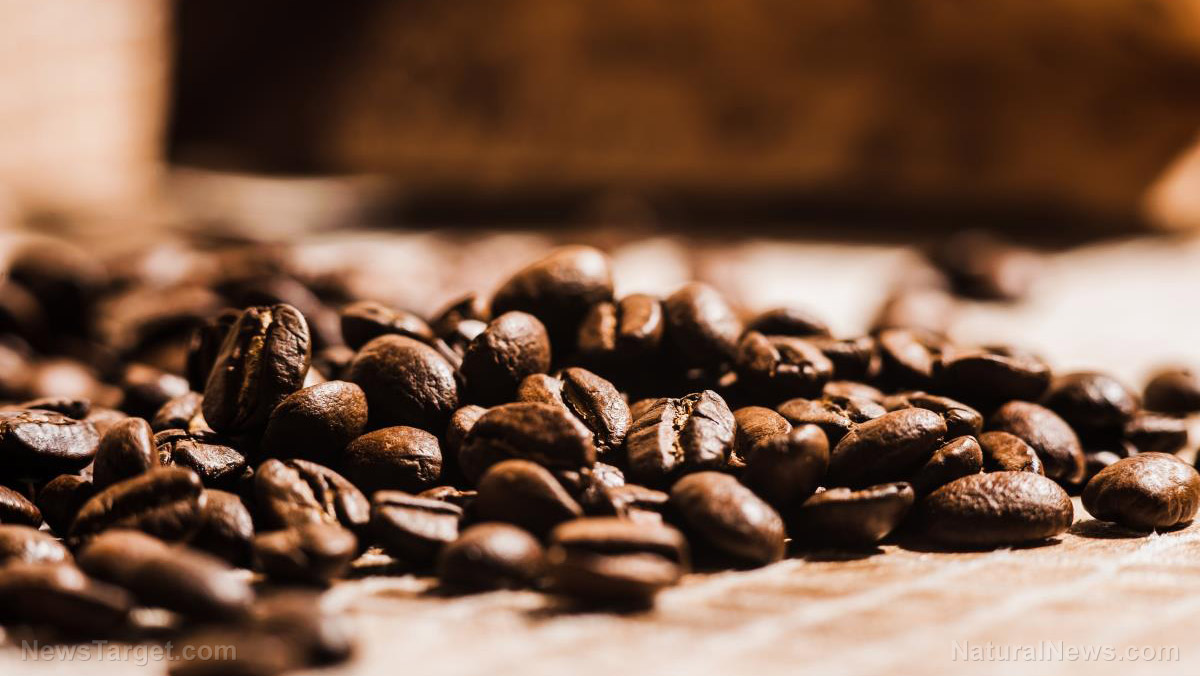Predicted decline in coffee production may be thwarted — if they save the bees first
09/27/2017 / By Frances Bloomfield

Hang on to that bag of coffee beans in your kitchen: a team of researchers estimated that the coffee-growing regions of Latin America will undergo a significant decline by 2050 due to environmental changes. In their study, published in Proceedings of the National Academy of Sciences, they predict that coffee-suitable areas can shrink by as much as 88 percent, threatening the livelihoods of millions of people involved in coffee production. All is not lost, however. The researchers have suggested one simple solution to put a stop to this scenario: save the bees to save coffee.
Compared to past models that assessed the potential decline in coffee production, this is the first to have taken bees and other pollinators into account. “We modeled the potential distributions of coffee and coffee pollinators under current and future climates in Latin America to understand whether future coffee-suitable areas will also be suitable for pollinators,” they wrote in their study.
Based on their findings, the researchers gauged a 20 percent increase in coffee crop yield when the local bee populations thrived. Lands no longer suitable for coffee growing would still do well if the farmers in those areas switched to crops that were suitable for bees of different species. In fact, the researchers themselves stated that managing the land and bees in a practical manner could offset the possible losses of dwindling coffee crops. Placing materials to support pollinators, like shade trees and nesting, would help as well. (Related: Declining pollinator populations threaten future crops, ecosystems)
Study co-author and Smithsonian Tropical Research Institute senior scientist David Roubik cited one example wherein bee diversity positively impacted the environment. When Africanized honey bees were first released into the wilds of Brazil in 1957, the incident caused an uproar. People anticipated an upset in the balance between plants and native pollinators due to the presence of Africanized honey bees. As Roubik eventually found out, that wasn’t the case. Plants that had been pollinated by Africanized honey bees — such as those in lowland tropical forests — flourished and produced more flowers, resulting in there being more nectar and pollen for the native bee population.
The importance of bees
Our daily cup of coffee isn’t going to be the only beverage or food to disappear if the bees do. According to the British Beekeepers Association, about one-third of our food is dependent on pollinators, and bees themselves can pollinate upwards of 70 types of crops; a single colony of 50,000 bees can pollinate about 4,000 square meters of fruit trees and produce an average of 14 kilograms of honey.
Pollination itself is a very important process to flowering plants as it’s how these plants supply us with the fruits and vegetables we consume. Pollen grains are transferred from the anther or male part of the plant to the stigma or female part either by the weather or by animals. These animals include birds, bats, and insects like honey bees, which are responsible for pollinating almonds, squash, apples, and broccoli. Even proud meat eaters need pollinators since the livestock that eventually becomes pork, beef, and chicken feeds on plants. So whether you’ve embraced the vegan lifestyle or are an avowed carnivore, you need bees to eat.
Honey bees have been described as the “perfect pollinator” because of their anatomy. Everything from their wings to their antenna to their mouths have evolved to help them maximize nectar and pollen collection. While they can be replaced by other pollinators like bumblebees, hoverflies, and butterflies, they can never be matched in terms of sheer efficiency.
If you’d like to read up on more stories discussing the importance of bees to our food supply and more, simply go to Bees.news today.
Sources include:
Tagged Under: bees, coffee, coffee production, Ecology, environment, food supply, pollinators, sustainable farming
RECENT NEWS & ARTICLES
COPYRIGHT © 2017 ENVIRON NEWS




















